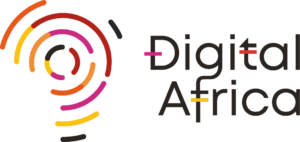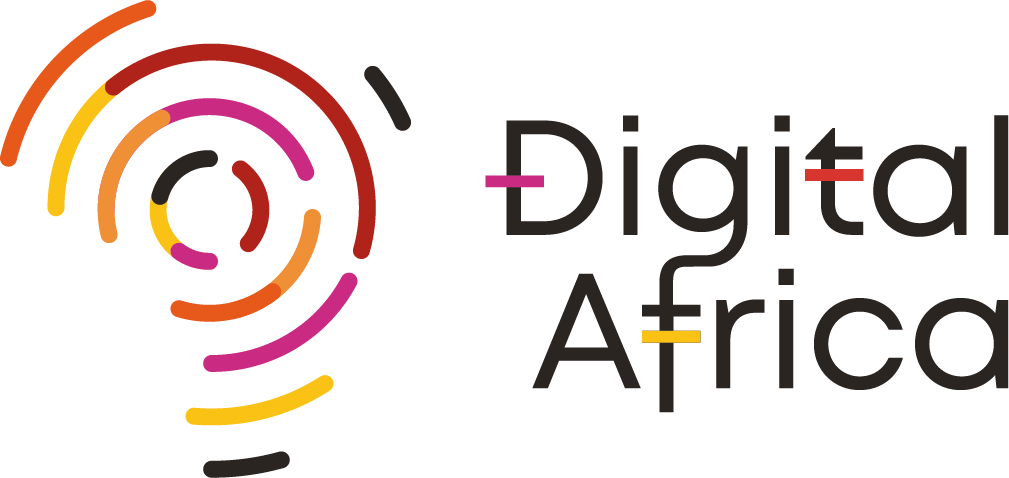Reaching customer support can often feel like navigating a maze, especially when companies like lucky experience high call volumes or technical issues. Understanding the underlying barriers and exploring diverse communication strategies can help you resolve your concerns more efficiently. This article provides a comprehensive guide to alternative methods and proactive approaches that empower you to find solutions, even when traditional channels are overwhelmed.
Table of Contents
- Common Barriers to Reaching Luckymister Support and How to Recognize Them
- Proactive Communication Strategies to Circumvent Service Blockages
- Leveraging Digital Platforms for Faster Assistance
- Utilizing External Resources for Problem Resolution
- Implementing Technology-Based Solutions to Reduce Dependency
Common Barriers to Reaching Luckymister Support and How to Recognize Them
Identifying Technical Glitches and Network Issues
Technical problems such as server outages, software bugs, or network disruptions can prevent successful contact with support services. For instance, if you experience frequent disconnections or error messages during calls or while accessing support portals, these are signs of technical glitches. Regularly checking official status pages or social media channels can reveal ongoing outages, helping you determine whether the issue lies with their infrastructure or your setup.
Understanding Peak Hours and Call Volume Trends
Customer support centers often face peak hours, typically during business mornings and after major product releases. Data from industry studies indicates that call volumes tend to surge between 9 AM and 11 AM, and again around 2 PM to 4 PM. Planning your contact attempt outside these windows, such as during mid-afternoon or late evening, can improve your chances of connecting successfully.
Recognizing Personal Contact Limitations and Response Delays
Sometimes, delays stem from individual circumstances—poor internet connectivity, outdated contact information, or device incompatibilities. If you notice prolonged waiting times despite multiple attempts, it may also be related to your specific account or regional restrictions. Ensuring your contact details are up-to-date and testing your connection can help identify personal limitations affecting communication.
Proactive Communication Strategies to Circumvent Service Blockages
Utilizing Multiple Contact Channels Simultaneously
Employing various channels such as email, live chat, social media, and phone calls can increase your chances of success. For example, if the phone line is busy, sending a detailed email or a message via social media platforms like Twitter or Facebook may elicit quicker responses. Integrating these methods ensures that your concern is presented through multiple avenues, reducing dependency on a single contact point.
Scheduling Appointments or Callback Requests Effectively
Many support services now offer appointment scheduling or callback options. By setting a specific time for a support agent to contact you, you avoid long wait times and ensure your issue is addressed. This approach is especially useful during peak hours, as it allows you to plan your day around the scheduled contact. Check the company’s support portal for available scheduling features.
Implementing Scheduled Follow-Ups to Ensure Response
Persistent follow-ups demonstrate your commitment to resolving the issue. Establishing a routine, such as sending a follow-up message after 24-48 hours, can prompt support teams to prioritize your case. Maintaining a record of your contact attempts also helps in escalating unresolved issues through formal channels or consumer protection agencies.
Leveraging Digital Platforms for Faster Assistance
Submitting Support Tickets via Official Website or App
Many companies provide online ticketing systems that allow you to describe your issue in detail and track the progress of your request. Utilizing these platforms often results in faster resolution compared to phone support, especially when combined with detailed documentation and screenshots. For example, consistently updating your ticket with new information can accelerate the troubleshooting process.
Engaging with Live Chat and Messaging Features
Live chat services enable real-time interaction with support agents, often with shorter wait times than phone lines. These features are usually accessible via the company’s website or mobile app. For instance, if you encounter a bug while using their service, instant messaging can provide immediate guidance or escalate your concern for quicker action.
Using Social Media Outreach for Rapid Feedback
Social media platforms serve as effective channels for public visibility and quicker responses. Companies tend to monitor their social profiles actively, making them responsive to public inquiries or complaints. Crafting concise, respectful messages on platforms like Twitter or Facebook can expedite support, especially when other channels are overwhelmed.
Utilizing External Resources for Problem Resolution
Consulting Online FAQs and Self-Help Guides
Many issues can be resolved by referring to comprehensive FAQs or self-help tutorials available on official websites. For example, troubleshooting connectivity problems or resetting account credentials are often covered in these guides, saving time and avoiding unnecessary contact attempts.
Joining User Forums and Community Support Groups
Community forums provide peer-to-peer assistance, where experienced users share solutions to common problems. Engaging in these groups can yield practical advice derived from real-world scenarios. For instance, a user forum dedicated to the company’s products might offer solutions for technical issues that haven’t been addressed through official channels.
Accessing Industry-Specific Help Desks or Third-Party Services
In some cases, specialized help desks or third-party consulting services can assist in resolving complex or technical issues. For example, cybersecurity concerns or hardware compatibility problems might require expert intervention beyond standard support services.
Implementing Technology-Based Solutions to Reduce Dependency
Automating Routine Queries with Chatbots or AI Assistants
Many organizations deploy AI-powered chatbots capable of handling common questions automatically. These virtual assistants can provide instant responses, guide users through troubleshooting steps, or escalate issues to human agents when necessary. Using such tools reduces wait times and streamlines support processes.
Using Mobile Apps for Real-Time Updates and Support
Dedicated mobile applications often offer real-time notifications regarding service outages, account activity, or support ticket status. For example, enabling push notifications from the company’s app can keep you informed about ongoing issues, allowing you to plan your contact efforts accordingly.
Employing Virtual Private Networks (VPN) to Improve Connectivity
In regions with restricted internet access or network limitations, VPNs can enhance connectivity and access to support services. By encrypting your connection and routing it through different servers, VPNs can mitigate region-based restrictions or congestion, thereby improving your chances of successful communication.
In conclusion, when traditional contact methods fall short, understanding the common barriers and employing a mix of proactive, digital, and technological strategies can significantly improve your chances of resolving issues efficiently. Remember, adapting your approach based on the situation and leveraging modern tools ensures that you remain empowered in managing your support needs effectively.








